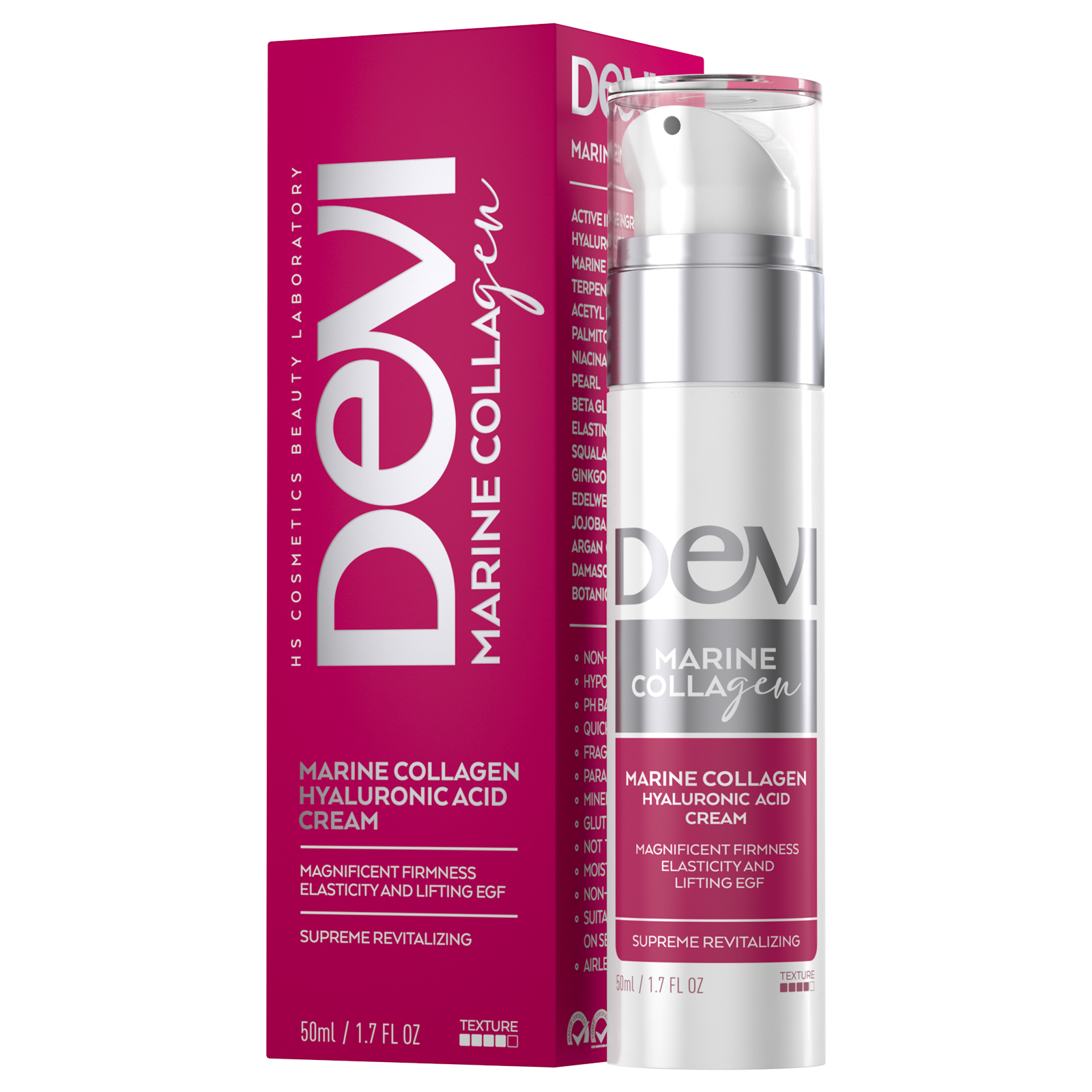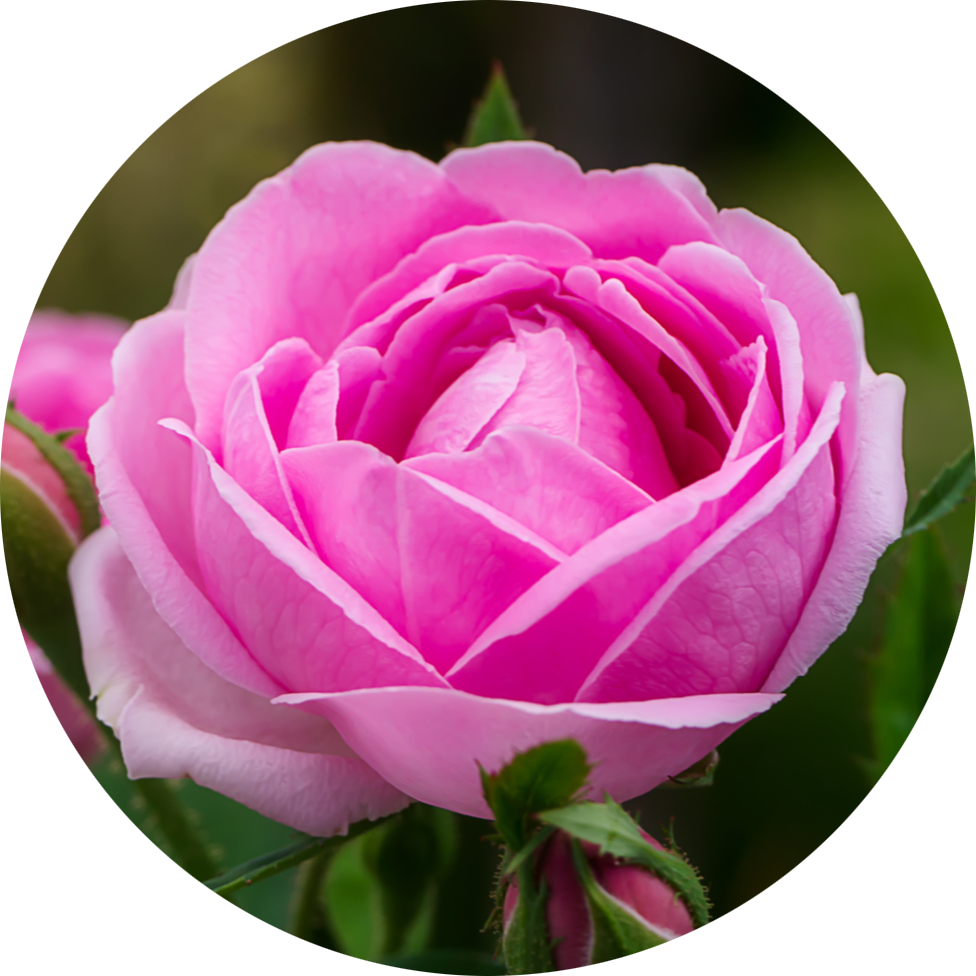(Rosa x damascena)
It originates from India and Persia, where its name is gul, a flower – but not just any flower – a flower above all flowers. The Persian gul was not only a beautiful flower but also a symbol of the state – of the army whose warriors wore it on their shields – and of spirituality as in Gole Mohammadi, the Flower of the Prophet Muhammad. According to some sources, French crusader Robert de Brie, who took part in the siege of Damascus in the Second Crusade, brought this fragrant rose from Syria to Europe in 1148, which is why it was named the Damask rose – Rosa x damascena.
Famous Persian physician Avicenna made oil from its petals by the process of distillation in the 10th century; the first commercial distillery in Shiraz was established at the beginning of the 17th century. In 1593, Ottoman Sultan Murad III ordered that this variety of rose be cultivated for the needs of his court; Kazanlak, today better known as the Rose Valley in Bulgaria, was chosen as one of the most suitable climates for the cultivation. Although it is sometimes mentioned as being from the time of Alexander the Great, the Damask rose definitely used to spread its intoxicating scent in the Balkans from the middle of the 17th century, where it is still known as the Bulgarian rose. This type of rose is cultivated, it is not wild, and blooms during May and June when it is harvested and processed. In order to get one drop of oil, 2,000 petals are needed; about 10,000 flowers should be processed for a 5 ml bottle. That is why this precious oil is expensive, but also valuable because it has powerful healing and nourishing properties.
WHY IS DAMASK ROSE HEALING?
This rose is widely used in cooking in the east; in the Balkans, it is used to flavour Turkish delight and the traditional Serbian fruit preserve slatko. It is rich in minerals – calcium, iron, potassium, manganese, phosphorus and zinc, as well as fatty acids, linoleic acid, ascorbic acid – vitamin C, tocopherol – vitamin E and beta carotene. In Morocco, it is used as a spice, in the Middle East and India it is added to meat and sauces and tea is brewed from its petals. As a symbol of beauty, it has long been used as face wash called rose water, thanks to which women from the east had a beautiful complexion.
Since its cultivation began, the damask rose has been known to be medicinal, and modern research which confirmed this has isolated as many as 127 components in the rose. It owes its sweet scent to damascenone, whose content in rose oil is only 0.1 per cent. The largest proportion of the oil, 60 per cent, consists of terpene alcohols – citronellol, geraniol, nerol and linaool. In addition to these terpenes, glycosides, flavonoids and anthocyanins, kaempferol and quercetin also contribute to the healing properties of this rose. Its phenolic components have a wide range of effects: antioxidant, anticancer, anti-inflammatory, antimutagenic, antidepressant, anti-HIV, antibacterial, antitussive, antidiabetic…
WIDE RANGE OF ACTION
In addition to embellishing gardens and having a seductive scent, damask rose improves our physical and mental health. Its scent relaxes us and acts as powerful aromatherapy; its extract has a proven sedative effect – a study has found that it can be compared to diazepam. Rose increases the level of GABA (gamma aminobutyric acid), which is naturally produced in the brain, acts as a neurotransmitter and relaxes and enables healthy sleep. Quercetin and kaempferol from damask rose have a proven analgesic effect and help reduce pain in inflammatory diseases. The extract of this rose inhibits amyloid β, which is considered to be the main cause of Alzheimer’s disease and causes nerve atrophy, loss of synapses and memory. Its flavonoids, geraniol and eugenol, prevent epileptic seizures or reduce the length and intensity of their duration. Damask rose also has a positive effect on the respiratory system: it dilates the bronchi, prevents coughing and soothes the esophageal mucosa.
If we say that this rose is dear to our eyes and hearts, we will not be wrong. Damask rose regulates heart rhythm, its ingredient cyanidin-3-O-β-glucoside has been shown to have a very beneficial effect on the cardiovascular system, and is an excellent ingredient in preparations for the treatment of eye diseases, including conjunctivitis and degenerative conditions, as well as in recovery after cataract surgery. It has always been used in Ayurvedic medicine for inflammation and eye infections. It is extremely useful for diabetics because it significantly lowers the level of insulin in the blood and prevents reactive hyperglycemia by reducing the absorption of carbohydrates in the intestines. Recent research has come to the surprising conclusion that the extract of this rose has an anti-HIV effect: its kaempferol and glycosides have a strong effect against the HIV virus and prevent infection.
DAMASK ROSE AGAINST MICROBES
And this is where the most valuable effect of this rose is – its ability to fight a very wide range of bacteria, fungi and viruses: Escherichia coli, Pseudomonas aeruginosa, B. subtilis, Staph. aureus, Chromobacterium violaceum, Erwinia carotovora, Aeromonas hydrophila, B. cereus, Enterobacter aerogenes, Enterococcus feacalis, Klebsiella pneumoniae, Mycobacterium smegmatis, Proteus vulgaris, Ps. aeruginosa, Ps. fluorescens, Salmonella enteritidis, Salmonella typhimurium, Yersinia enterocolitica, Candida albicans… This rose probably has an inhibitory effect on microbes thanks to citronellol, geraniol and nerol, as well as 2-phenylethanol.
In addition to successfully fighting all the enemies of our body, this rose also strengthens our immunity. Its phenols are extremely powerful antioxidants whose action is equal to that of tocopherol. Its antimicrobial and antioxidant action are joined by anti-inflammatory and rejuvenating action – these are the unassailable four knights that act as protectors of our skin. That is why damask rose is a precious ingredient in cosmetics. It soothes skin irritations, so it is useful for rosacea and eczema. Just as rose water has always given ladies a beautiful complexion, so its antioxidants still prevent cell damage, inflammation and redness; its antibacterial properties prevent the appearance of acne and help in their treatment. It is also useful for injuries and cuts, it promotes the healing of burns and smooths out scars. Its oil is a natural protective factor against UV radiation. Contributing to the synthesis of collagen and the youthful appearance of the skin, damask rose is a valuable part of anti-ageing cosmetics.
And when these properties of damask rose are combined with other precious ingredients, their synergistic effect is guaranteed to give a uniform, fresh and velvety complexion. This is exactly the effect of two creams in Herba Svet’s Devi collection: Marine Collagen Intensive cream slows down the ageing process of facial skin, reduces the appearance of wrinkles and strengthens skin immunity; Illuminative cream additionally brightens the complexion and gives it a velvety look, just like damask rose petals.


